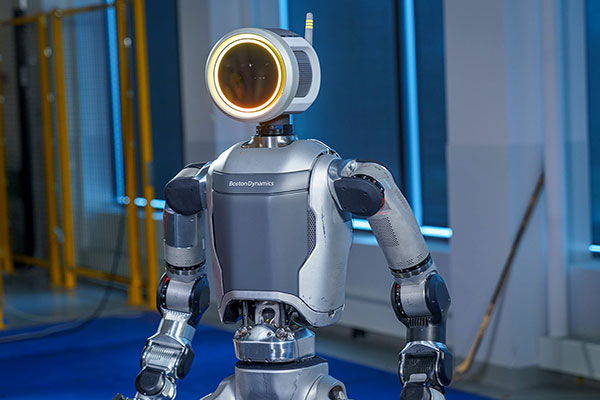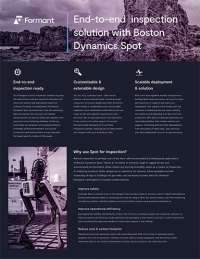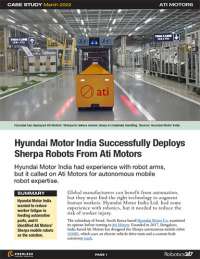Boston Dynamics recently announced it has retired the hydraulic version of its Atlas humanoid robot, unveiling a fully electric robot designed for real-world applications. As part of its commercialization strategy, the robot will be tested by Hyundai, which acquired a majority stake in Boston Dynamics in June 2021, for automotive manufacturing applications.
Waltham, Mass.-based Boston Dynamics said the next generation of its Atlas program builds on decades of research and furthers its commitment to delivering capable, useful mobile robots solving challenges in industry today.
Small group of customers to begin testing applications
Following the commercial deployment of “robot dog” Spot, and similar to its rollout of robot arm Stretch, Boston Dynamics will be partnering with a small group of customers, beginning with Hyundai, to test and iterate Atlas applications over the next few years.
In addition to investing in the company, the Hyundai team is building the next generation of automotive manufacturing capabilities, and it will serve as a testing ground for new Atlas applications, Boston Dynamics said.
A capable robot is only one of the pieces required for a successful commercial solution. Boston Dynamics said scaled autonomous mobile robot (AMR) deployments are part of the broader digital transformation ecosystem, requiring IT infrastructure, employee buy-in, connectivity, workflows, safety standards, and operational processes for the robots and the data they generate and rely on.
With over 1,500 deployments, the company’s Spot quadruped robot is already teaching hundreds of companies how to work alongside autonomous mobile robots. Boston Dynamics said it believes humanoid robots will be most effective if they are deployed with in-depth digital twin facility models and lots of data about how they operate.
Boston Dynamics also recently launched its Orbit fleet management software, which provides a centralized platform to manage entire robot fleets, site maps, and digital transformation data. Currently available for Spot, Stretch and Atlas will also be integrated into this enterprise system.
Humanoid robot will not be constrained by human range of motion
The electric version of Atlas will be stronger, more dexterous, and more agile, with a broader range of motion than any of Boston Dynamics’ previous generations. Building upon the capabilities of its last generation hydraulic Atlas (HD Atlas), which could already lift and maneuver a wide variety of heavy, irregular objects, the company is exploring several new gripper variations to meet a diverse set of expected manipulation needs in customer environments.
Boston Dynamics said Atlas’ humanoid form factor doesn’t limit its vision of how a bipedal robot can move, what tools it needs to succeed, and how it can help people accomplish more. The company is equipping Atlas to move in the most efficient way possible to complete a task, rather than being constrained by a human range of motion. Atlas will move in ways that exceed human capabilities.
The company said it has focused on legged robots because it wanted to build robots that could balance and move dynamically, as well as navigate unstructured, unknown, or antagonistic terrain. It said a humanoid form factor is a useful design for robots working in a world designed for people.
Boston Dynamics said it has equipped Atlas with new artificial intelligence (AI) and machine learning tools, including reinforcement learning and computer vision, to ensure it can operate and adapt efficiently to complex real-world situations.
Combining decades of practical experience with first principles thinking, Boston Dynamics said it is confident in its ability to deliver a robot capable of tackling dull, dirty, and dangerous tasks in real applications.
Article topics
Email Sign Up




















